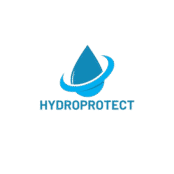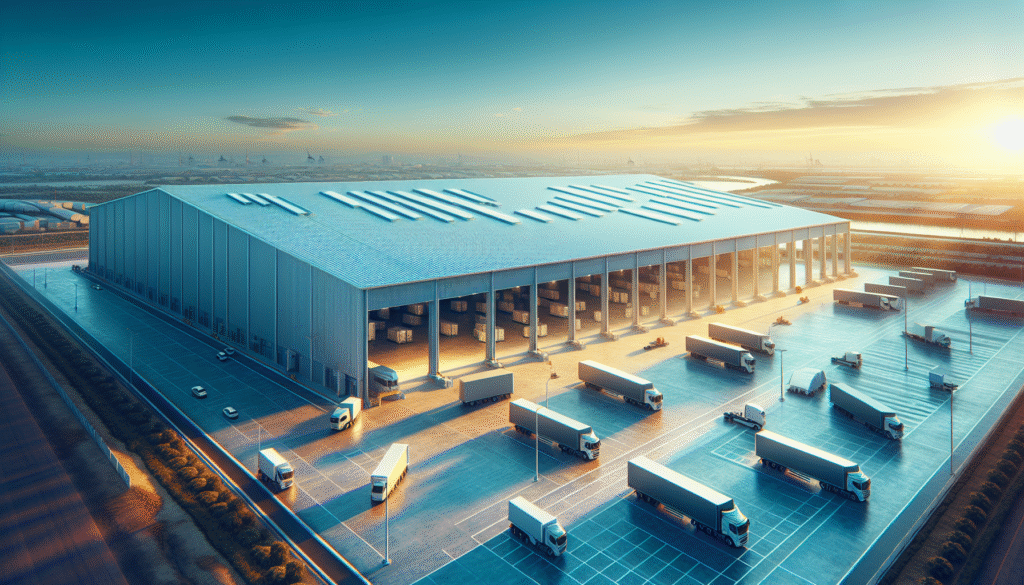Understanding Hotmelt Roof Waterproofing
When it comes to protecting warehouses and large commercial properties, effective waterproofing is paramount to ensure the longevity and safety of the structure. One of the most reliable methods available today is hotmelt roof waterproofing. This state-of-the-art solution, involving the application of a heated, rubberized bitumen membrane, offers unprecedented durability and flexibility, making it a popular choice for developers and property managers.
The keyword here is hotmelt roof waterproofing, a technique that is not only efficient but also eco-friendly. Its environmental benefits, coupled with its robust protection against water ingress, make hotmelt roofing the silent protector of warehouses. In this blog, we’ll explore the ins and outs of this remarkable roofing technology, its advantages over traditional methods, and why it should be a top consideration for your next construction or renovation project.
The Mechanics of Hotmelt Roof Waterproofing
The Application Process
The hotmelt roof waterproofing process begins with the heating of a specially formulated bitumen. Once heated, it is applied directly to the prepared roof surface. The seamless application ensures a uniform layer, effectively eliminating gaps and potential weak spots that could lead to leaks.
Material Composition
The core component of hotmelt roof waterproofing is a rubberized bitumen, which offers flexibility and strength. This allows the material to accommodate the structural movements of the building without cracking or losing its integrity, thus maintaining a watertight seal.
Key Advantages of Hotmelt Roofing
Durability and Longevity
One of the standout features of hotmelt roof waterproofing is its incredible lifespan. Unlike traditional roofing materials, which may degrade under environmental stressors, the seamless membrane of hotmelt roofs is resilient against harsh weather conditions, UV exposure, and mechanical damage. This durability translates into a longer-lasting roof system, often exceeding the lifespan of other conventional methods.
Cost-Effectiveness
While the initial investment for a hotmelt roof might be higher compared to traditional solutions, the long-term savings more than makeup for it. Reduced maintenance costs, fewer repairs, and a longer lifespan ensure that hotmelt roofing is a financially sound choice for property managers and developers.
- Minimized repair frequencies, saving on labor and materials
- Lower energy costs due to superior insulation properties
- Extended lifespan reducing the need for premature replacement
Why Hotmelt Roofing Is the Perfect Fit for Warehouses
Flexibility for Large Surfaces
The adaptability of hotmelt roofing makes it ideal for the expansive surfaces of warehouses and industrial properties. Its ability to form a monolithic layer means fewer seams, which are often the weakest parts of any roofing system. This seamless application is essential for large roofs where potential leakage points need to be minimized.
Environmental Impact
In addition to its practical benefits, hotmelt roofing offers environmental advantages. The materials used are typically recyclable, which reduces waste. Additionally, its superior insulation properties contribute to energy efficiency, helping to reduce the carbon footprint of large facilities.
Maximizing the Benefits of Hotmelt Roof Waterproofing
Ensuring Proper Installation
The key to a successful hotmelt roof waterproofing project lies in the quality of installation. Employing skilled professionals who are experienced in this type of roofing technology ensures that the membrane is applied correctly, maximizing its waterproofing capabilities and longevity.
Regular Maintenance
While hotmelt roofs are highly durable, regular maintenance checks are recommended to address any potential issues before they escalate. This proactive approach can help in maintaining the roof’s functionality over time and extends its lifespan further.
- Inspect annually for signs of wear and tear
- Clean regularly to prevent debris accumulation
Summary
Hotmelt roof waterproofing emerges as an outstanding choice for warehouses and large commercial buildings, boasting unparalleled durability, cost-effectiveness, and environmental benefits. Its flexibility, longevity, and the seamless barrier it provides against environmental stressors make it the silent protector of modern industrial structures. By choosing hotmelt roofing, property managers and developers can ensure a robust, sustainable investment for the future, keeping assets safe and dry while also contributing to energy efficiency and waste reduction.

